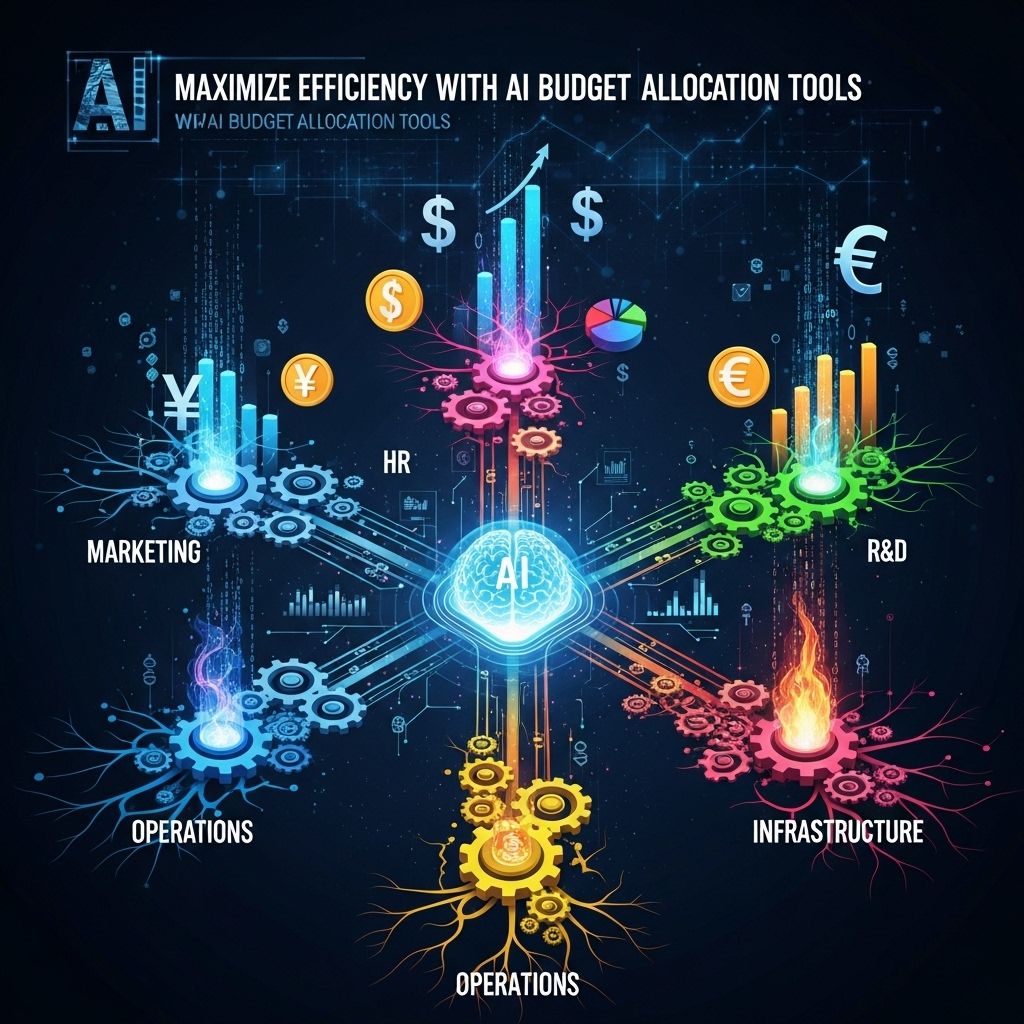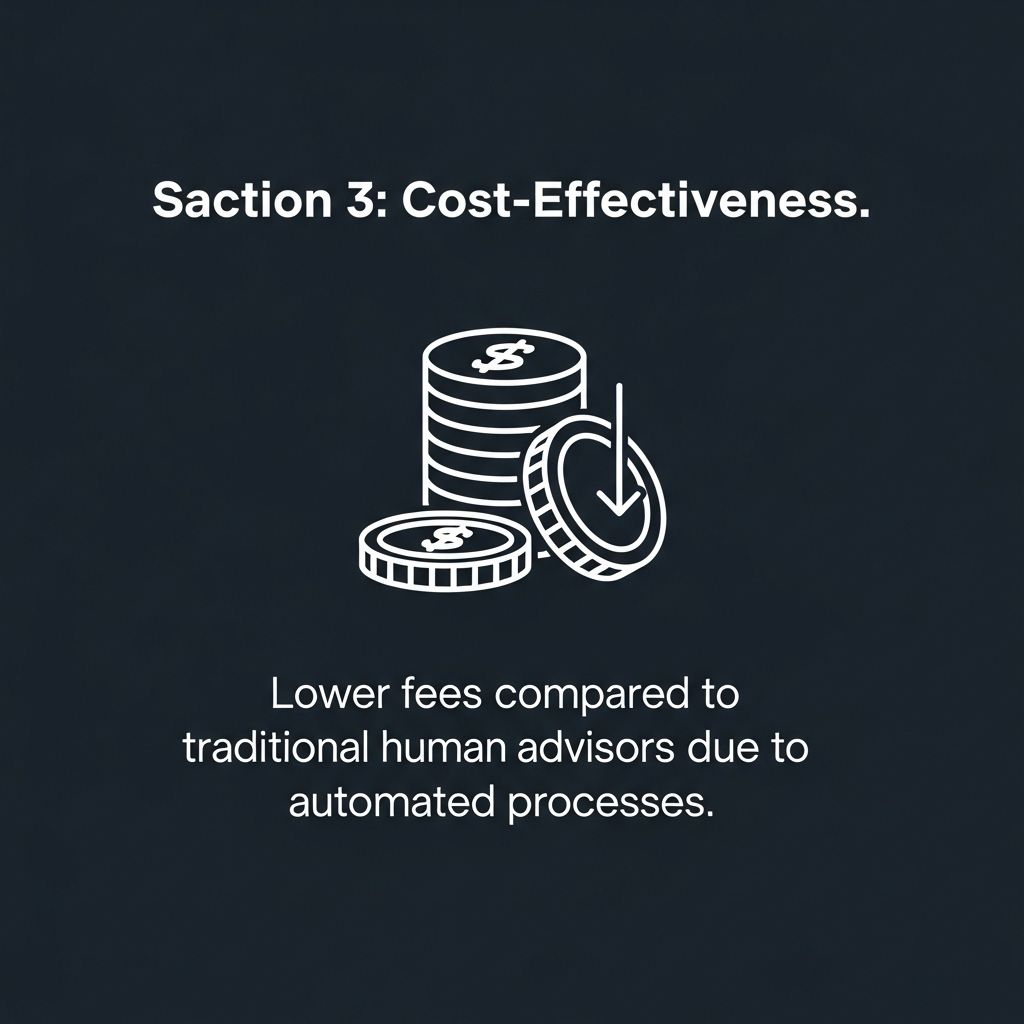Boost Lending Efficiency with AI Tools
Discover how AI tools can enhance lending efficiency and streamline processes in the financial sector. Learn the benefits today!

In today’s fast-paced financial environment, enhancing lending efficiency is crucial for banks and financial institutions. With the increasing demand for quicker loan approvals and personalized customer service, organizations are turning to artificial intelligence (AI) tools. These tools not only streamline operations but also improve decision-making processes, reduce risks, and enhance customer experiences. In this article, we will explore various AI applications in lending and the benefits they bring to the financial sector.
Table of Contents
The Rise of AI in Lending
The landscape of lending has evolved significantly over the past decade, with technology playing a pivotal role in this transformation. AI has emerged as a game-changer for lenders, providing innovative solutions to age-old challenges. Some key factors driving the adoption of AI in lending include:
- Increased competition among lenders.
- The demand for faster loan processing times.
- Customer expectations for personalized services.
- The need for better risk assessment and fraud detection.
Understanding AI Technologies in Lending
To appreciate how AI enhances lending processes, it’s essential to delve into the specific technologies at play:
- Machine Learning (ML): ML algorithms analyze historical data to predict borrower behavior, assess creditworthiness, and identify potential risks.
- Natural Language Processing (NLP): NLP enables computers to understand and interpret human language, allowing for better customer interactions through chatbots and automated support systems.
- Robotic Process Automation (RPA): RPA automates repetitive tasks, such as data entry and document verification, freeing up employees to focus on more complex activities.
- Predictive Analytics: Leveraging big data, predictive analytics provides insights into market trends and consumer behavior, helping lenders make informed decisions.
Enhancing the Loan Application Process
Traditionally, the loan application process has been time-consuming and cumbersome. However, AI tools have transformed this experience for both lenders and borrowers:
Automating Document Verification
AI-powered systems can quickly verify the authenticity of documents submitted by applicants, significantly reducing the time taken for approval. These systems utilize:
- Optical Character Recognition (OCR) to read and digitize documents.
- Image recognition to authenticate IDs and other paper-based documents.
- Machine learning to flag anomalies or discrepancies in the submitted data.
Streamlining Risk Assessment
Risk assessment is fundamental to the lending process. AI tools enhance this by:
| Method | Description | Benefits |
|---|---|---|
| Traditional Credit Scoring | Relies on historical data and credit reports. | Limited insights, potential bias. |
| AI-Driven Scoring | Utilizes various data sources, including social media and online behavior. | More comprehensive risk assessment and reduced bias. |
Improving Customer Experience
Customer experience is paramount in lending, and AI tools make it possible to offer personalized services:
Chatbots for Instant Assistance
Chatbots powered by NLP can provide 24/7 support to customers, answering queries, guiding them through the application process, and resolving issues. This ensures:
- Higher customer satisfaction due to reduced waiting times.
- Increased engagement through proactive communication.
- Cost savings for lenders by reducing the need for a large customer service team.
Tailored Loan Products
AI analyzes customer behavior and preferences, enabling lenders to offer personalized loan products. This can include:
- Customized interest rates based on risk profiles.
- Flexible repayment options tailored to borrower capabilities.
- Targeted marketing campaigns to specific customer segments.
Ensuring Compliance and Reducing Fraud
Compliance with regulations is a major concern for lenders. AI can help by:
Continuous Monitoring
AI systems can continuously monitor transactions for unusual patterns, flagging potential fraudulent activities in real-time, which includes:
- Transaction monitoring based on behavioral analytics.
- Identification of discrepancies in application data.
- Integration with external databases to cross-check customer information.
Regulatory Compliance
AI tools can assist in ensuring adherence to regulatory standards by automating reporting processes and maintaining accurate records. Benefits include:
| Compliance Area | How AI Helps |
|---|---|
| Data Privacy | AI solutions ensure that customer data is handled securely and in line with regulations. |
| Reporting | Automated reporting reduces human error and ensures timely submissions to regulatory bodies. |
Challenges in Implementing AI Tools
While the benefits of AI in lending are clear, there are challenges that organizations must navigate:
Data Privacy Concerns
The use of vast amounts of personal data raises significant privacy issues. Organizations need to ensure compliance with data protection laws such as GDPR and CCPA.
Integration with Existing Systems
Seamlessly integrating AI tools with legacy systems can be complex. Lenders must prioritize:
- Assessing existing IT infrastructure.
- Identifying gaps in technology.
- Developing a clear implementation strategy.
Conclusion
Artificial intelligence is revolutionizing the lending landscape, offering unprecedented efficiency, customer experience, and risk management capabilities. As financial institutions increasingly adopt these technologies, they will not only enhance their operational efficiency but also position themselves as leaders in a competitive market. The future of lending lies in embracing AI and its potential to redefine how loans are issued, managed, and repaid.
FAQ
How can AI tools improve lending efficiency?
AI tools can streamline the loan application process, automate risk assessments, and enhance customer service, leading to faster decision-making and reduced operational costs.
What are some common AI applications in the lending industry?
Common AI applications in lending include predictive analytics for credit scoring, chatbots for customer inquiries, and automated document processing for quicker approvals.
Can AI help reduce lending fraud?
Yes, AI can analyze patterns in data to detect anomalies and flag potentially fraudulent activities, thereby enhancing security in the lending process.
How does AI impact customer experience in lending?
AI enhances customer experience by providing personalized loan recommendations, faster response times, and 24/7 accessibility through virtual assistants.
What challenges do lenders face when implementing AI tools?
Challenges include data quality issues, regulatory compliance, integration with existing systems, and the need for staff training in AI technologies.








